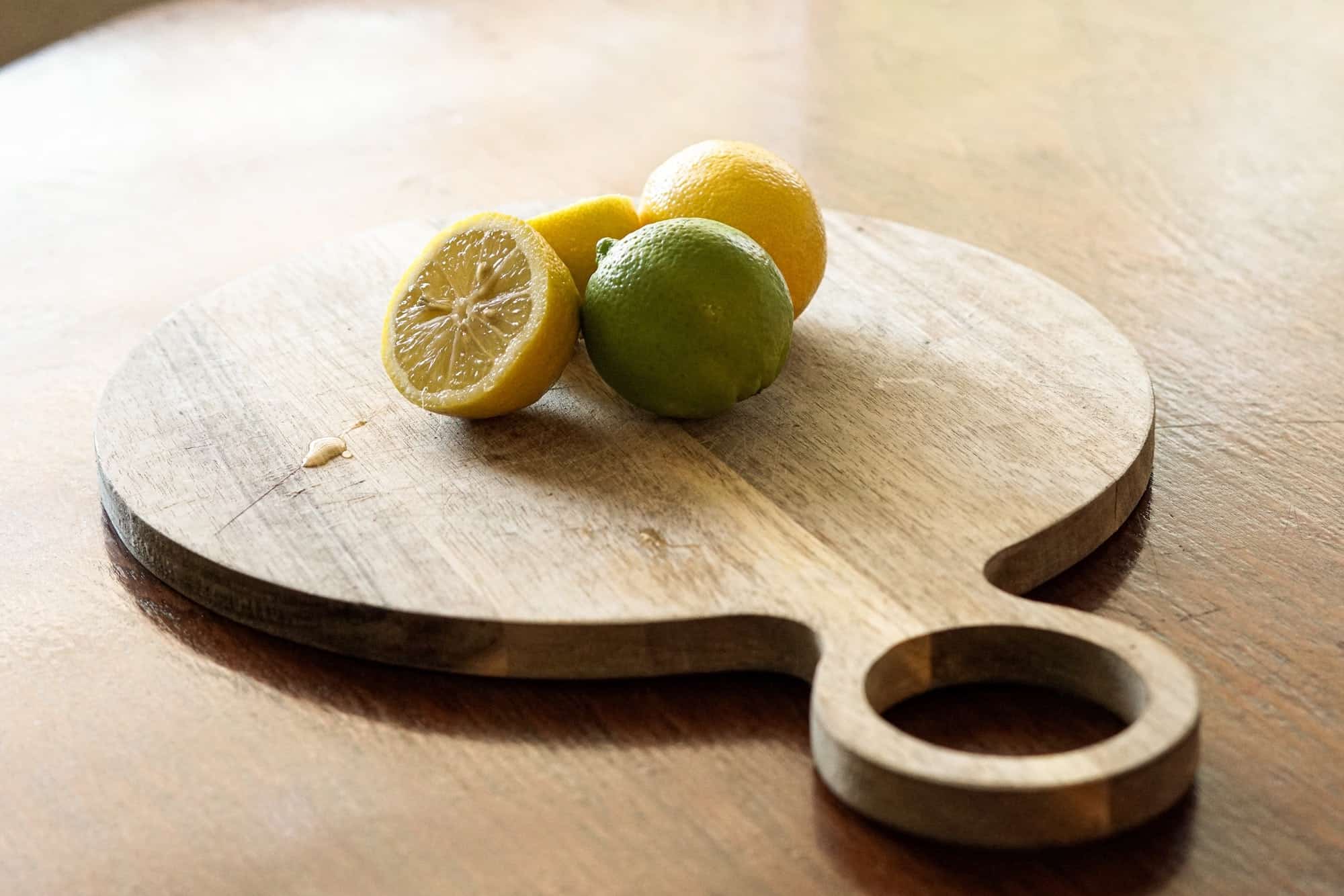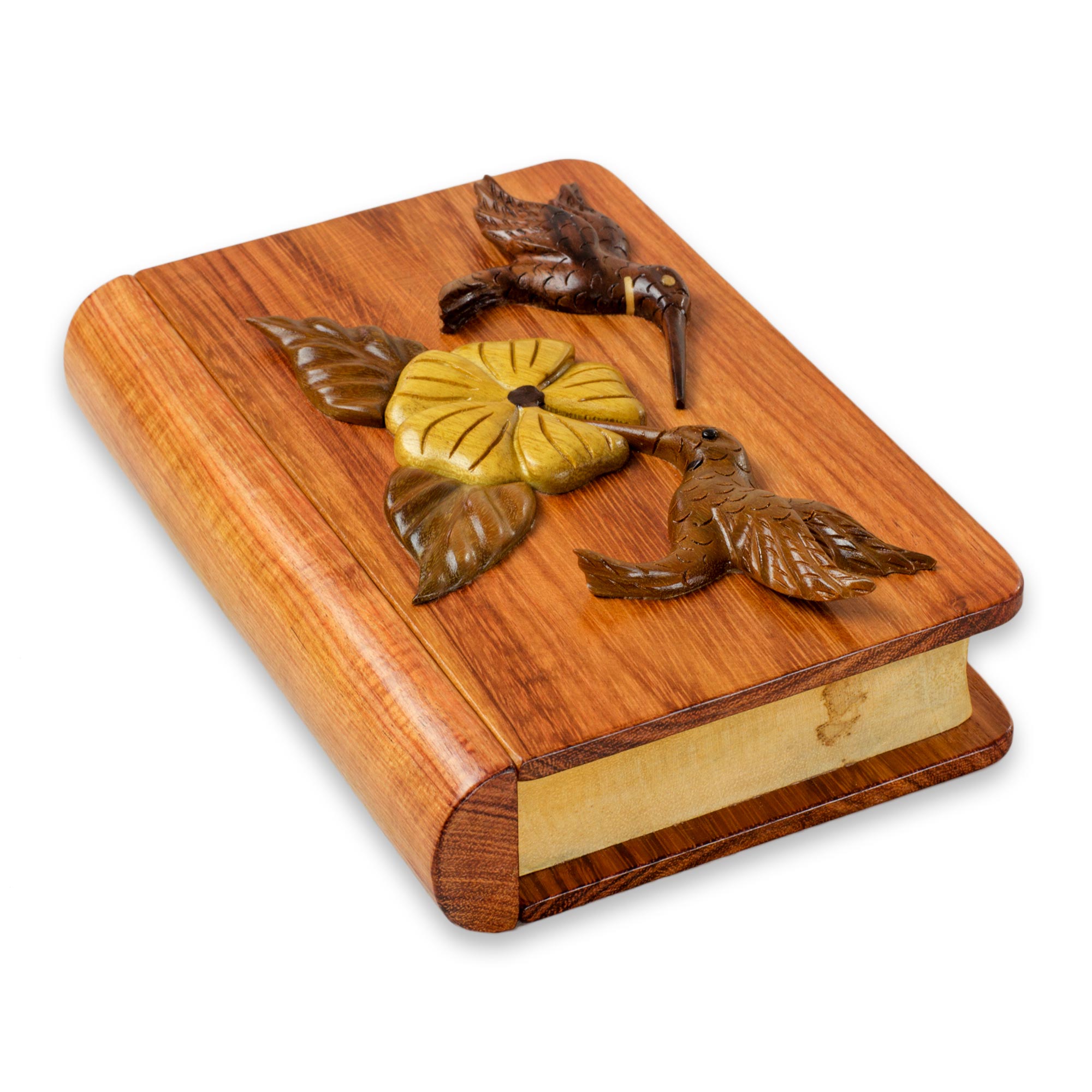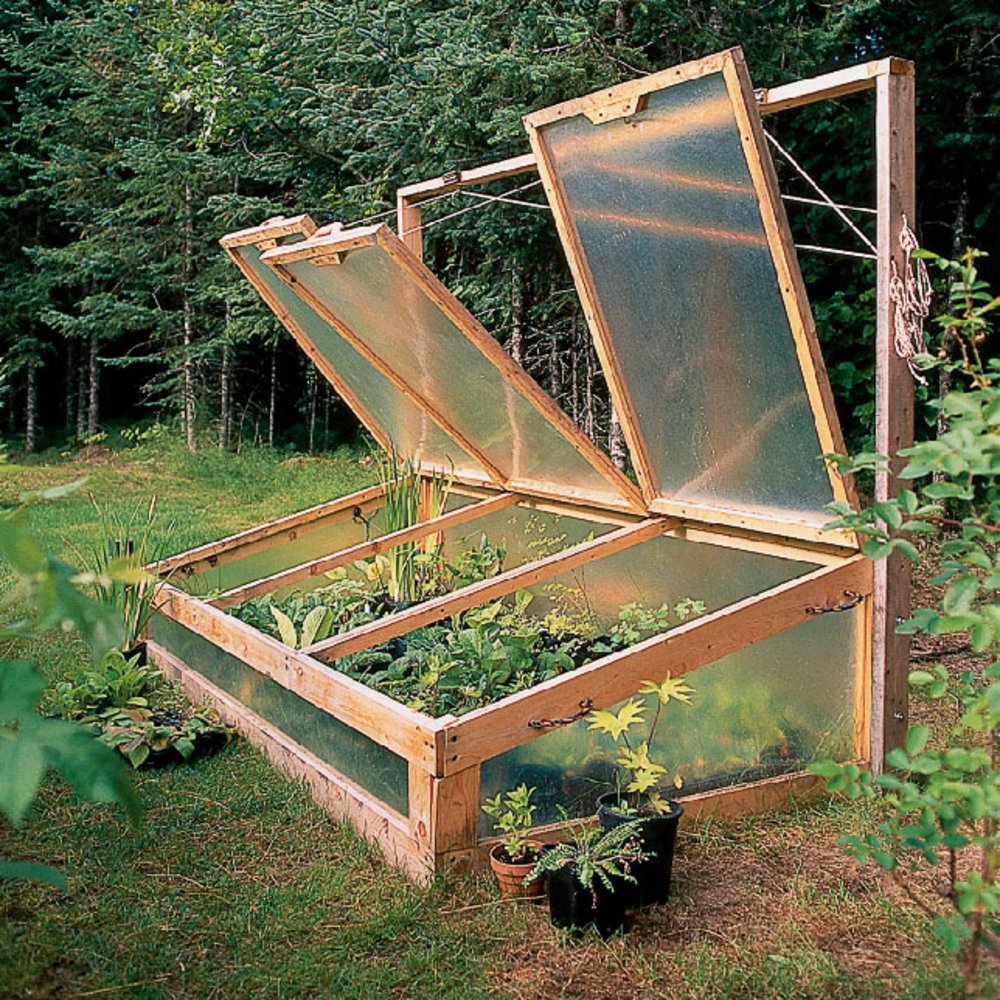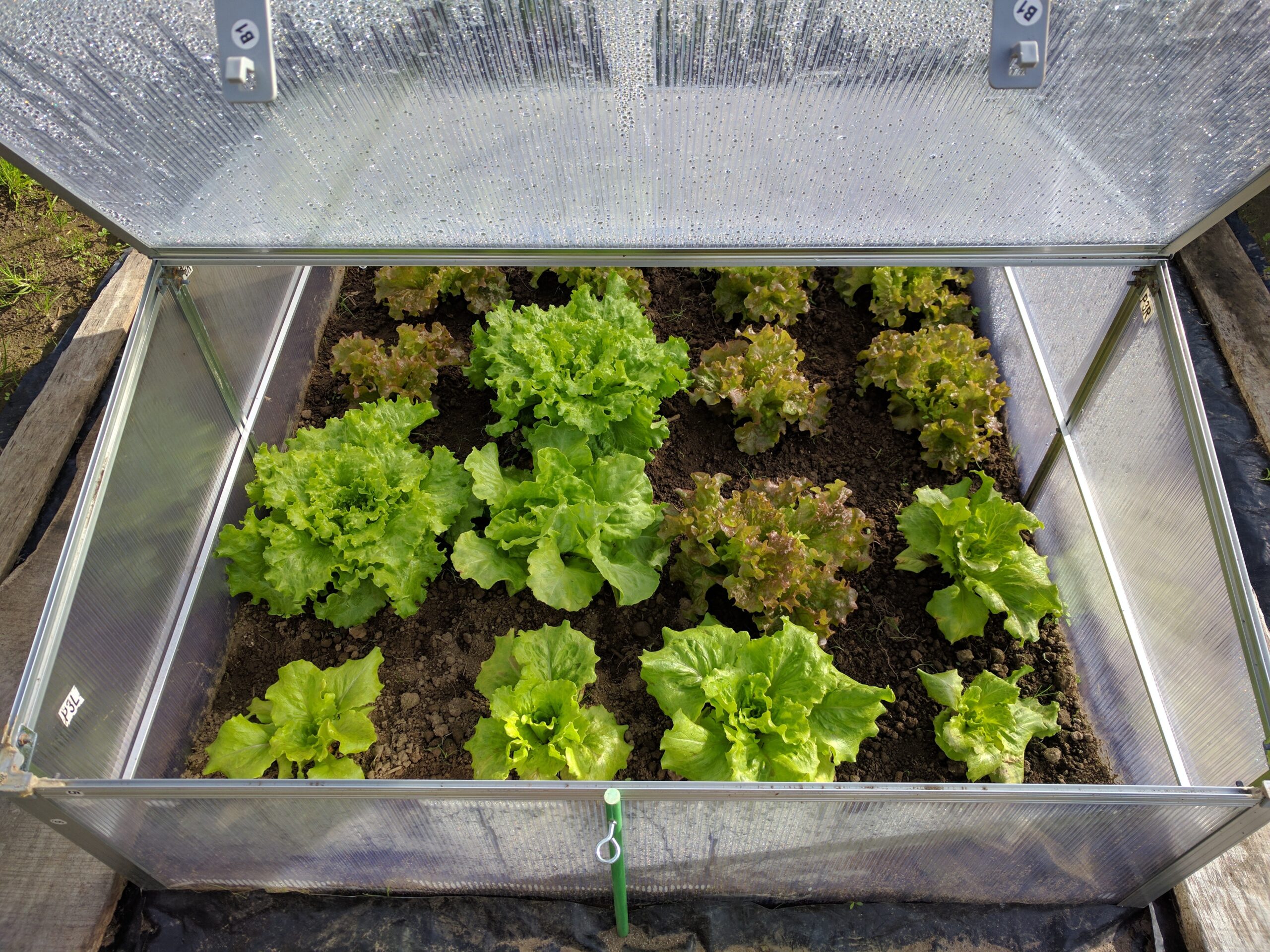Smart Storage Solutions with DIY Bedside Cabinets
In the realm of interior design, optimizing space is paramount. Particularly in the bedroom, where comfort and functionality intertwine, bedside cabinets play a crucial role in both aesthetics and practicality. While prefabricated cabinets offer convenience, their limitations in terms of size, style, and budget often necessitate a more creative approach. This is where DIY bedside cabinets shine, providing a bespoke solution that aligns with individual needs and preferences. By embracing the do-it-yourself philosophy, you can transform simple materials into elegant and functional storage solutions, adding a touch of personal charm to your bedroom sanctuary.
Benefits of DIY Bedside Cabinets
The allure of crafting your own bedside cabinets extends far beyond mere cost savings. It unlocks a world of possibilities, allowing you to tailor your furniture to perfectly complement your bedroom's existing decor and fulfill your specific storage requirements.
Customization and Personalization
DIY bedside cabinets offer unparalleled freedom in terms of customization. You can choose the dimensions, style, and finish that best suit your space and personal taste. Whether you envision sleek modern designs, rustic farmhouse aesthetics, or classic traditional styles, the possibilities are endless.
Cost-Effectiveness
Creating your own bedside cabinets can significantly reduce costs compared to purchasing pre-made options. By utilizing readily available materials and harnessing your own skills, you can achieve substantial savings without compromising on quality.
Unique Style and Character
DIY projects allow you to imbue your furniture with a distinct personality. By incorporating unique details, textures, and finishes, you can create bedside cabinets that reflect your individuality and enhance the overall character of your bedroom.
Enhanced Functionality
DIY bedside cabinets provide the opportunity to design storage solutions tailored to your specific needs. You can include drawers, shelves, compartments, and other features to optimize storage capacity and keep your belongings organized.
Materials and Tools
The materials and tools required for building DIY bedside cabinets vary depending on the chosen design. However, some common essentials include:
Wood
Wood is a popular material for bedside cabinets due to its durability, versatility, and aesthetic appeal. Consider options like pine, maple, oak, or plywood, depending on your budget and desired style.
Hardware
You'll need hinges, drawer slides, knobs, pulls, and other hardware to assemble and finish your cabinets. Choose durable and stylish options that complement your design.
Tools
Essential tools include a saw, drill, screwdriver, sander, measuring tape, level, and clamps.
Design Inspiration
Before embarking on your DIY bedside cabinet project, it's essential to gather design inspiration. Browse online resources, magazines, and design blogs to find ideas that align with your bedroom's style and functionality needs. Consider factors such as:
Size and Shape
Determine the ideal size and shape of your bedside cabinets to fit comfortably within your bedroom layout. Factor in the available space and the amount of storage you require.
Style
Choose a style that complements your bedroom decor. Do you prefer modern, rustic, minimalist, or traditional aesthetics? Let your existing furniture and decor guide your design choices.
Features
Think about the features you want to incorporate, such as drawers, shelves, compartments, or open spaces. Consider the types of items you plan to store and design your cabinets accordingly.
Finishing Touches
Add finishing touches that enhance the visual appeal and functionality of your bedside cabinets. You can paint or stain the wood, add decorative accents, or integrate lighting elements for a touch of ambiance.
DIY Bedside Cabinet Project Ideas
Here are some inspiring DIY bedside cabinet projects to get your creative juices flowing:
Floating Bedside Shelves
For a minimalist and contemporary feel, consider creating floating bedside shelves. This design maximizes space by eliminating bulky legs and provides a sleek, unobtrusive storage solution. You can use simple wood planks and brackets, or explore more intricate designs with curves and angles.
Repurposed Drawers
Give old drawers a new lease on life by transforming them into unique bedside cabinets. You can refinish the drawers, add decorative hardware, and attach legs for a stylish and functional storage solution.
Crate Bedside Cabinet
Embrace a rustic charm by using wooden crates as the base for your bedside cabinets. Stack crates to create tiered storage, or use a single crate as a platform for a single drawer. You can paint, stain, or leave the crates in their natural state for a raw and authentic look.
DIY Pallet Bedside Cabinet
Upcycle pallets by transforming them into sturdy and unique bedside cabinets. You can construct a simple cabinet with a pallet and a few pieces of wood, or get creative by adding drawers, doors, and other features.
Tips for Success
To ensure a successful DIY bedside cabinet project, follow these helpful tips:
- Plan your project carefully: Before you start, create detailed plans, including measurements, materials, and construction steps. This will help ensure a smooth and efficient process.
- Use quality materials: Invest in quality wood and hardware to ensure durability and longevity. Avoid using cheap materials that might compromise the structure and aesthetics of your cabinets.
- Measure twice, cut once: Accuracy is crucial in carpentry. Take precise measurements and double-check them before making any cuts. This will help prevent costly mistakes and ensure a professional-looking finish.
- Use proper safety precautions: Always wear safety glasses and gloves when working with power tools. Be mindful of sharp edges and potential hazards.
- Sand smoothly: Sand all surfaces thoroughly to create a smooth and uniform finish. This will enhance the visual appeal and make painting or staining easier.
- Finish with style: Choose a paint or stain that complements your bedroom decor. You can also add decorative hardware, lighting elements, or other embellishments to personalize your cabinets.
Conclusion
DIY bedside cabinets are an excellent way to enhance your bedroom's functionality and style without breaking the bank. By embracing the do-it-yourself approach, you can unleash your creativity and design storage solutions tailored to your individual needs and preferences. With the right materials, tools, and a dash of inspiration, you can transform simple materials into elegant and functional pieces that elevate your bedroom's charm and make a statement.























